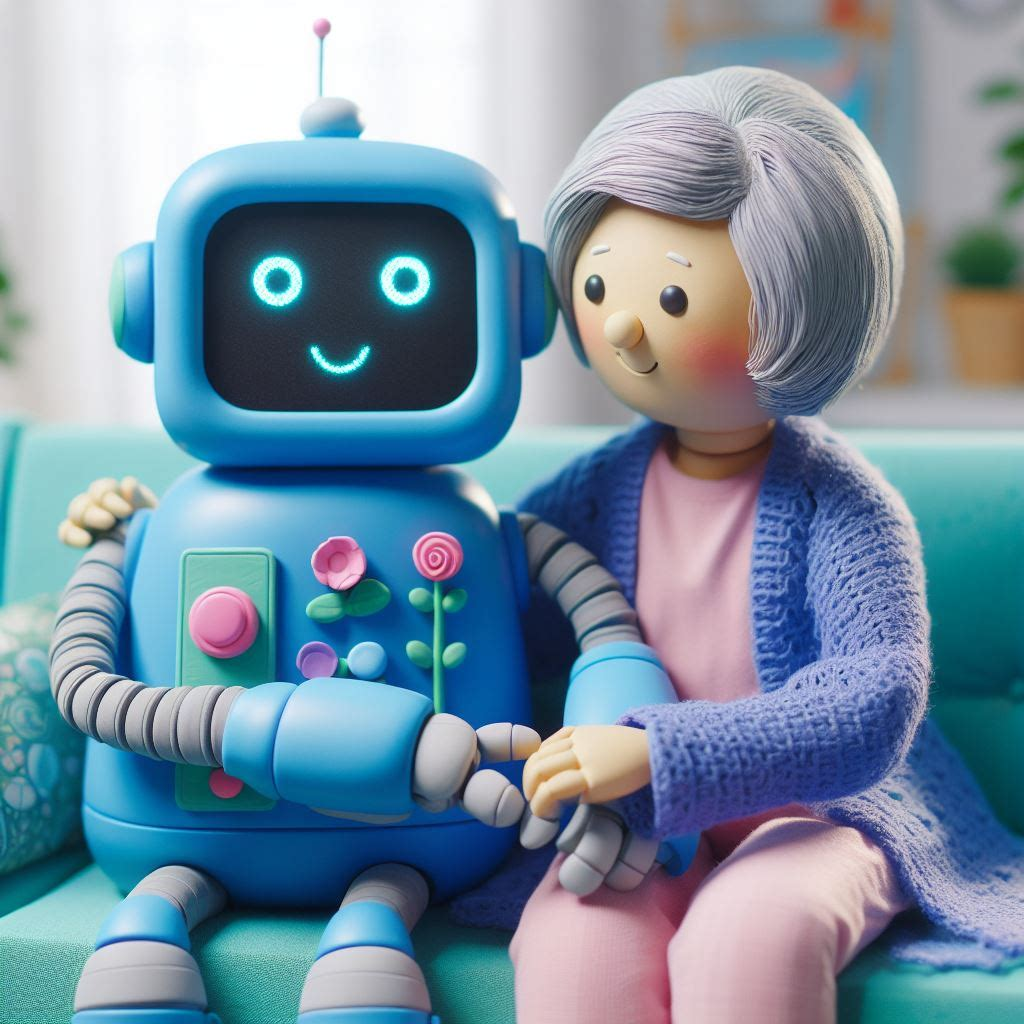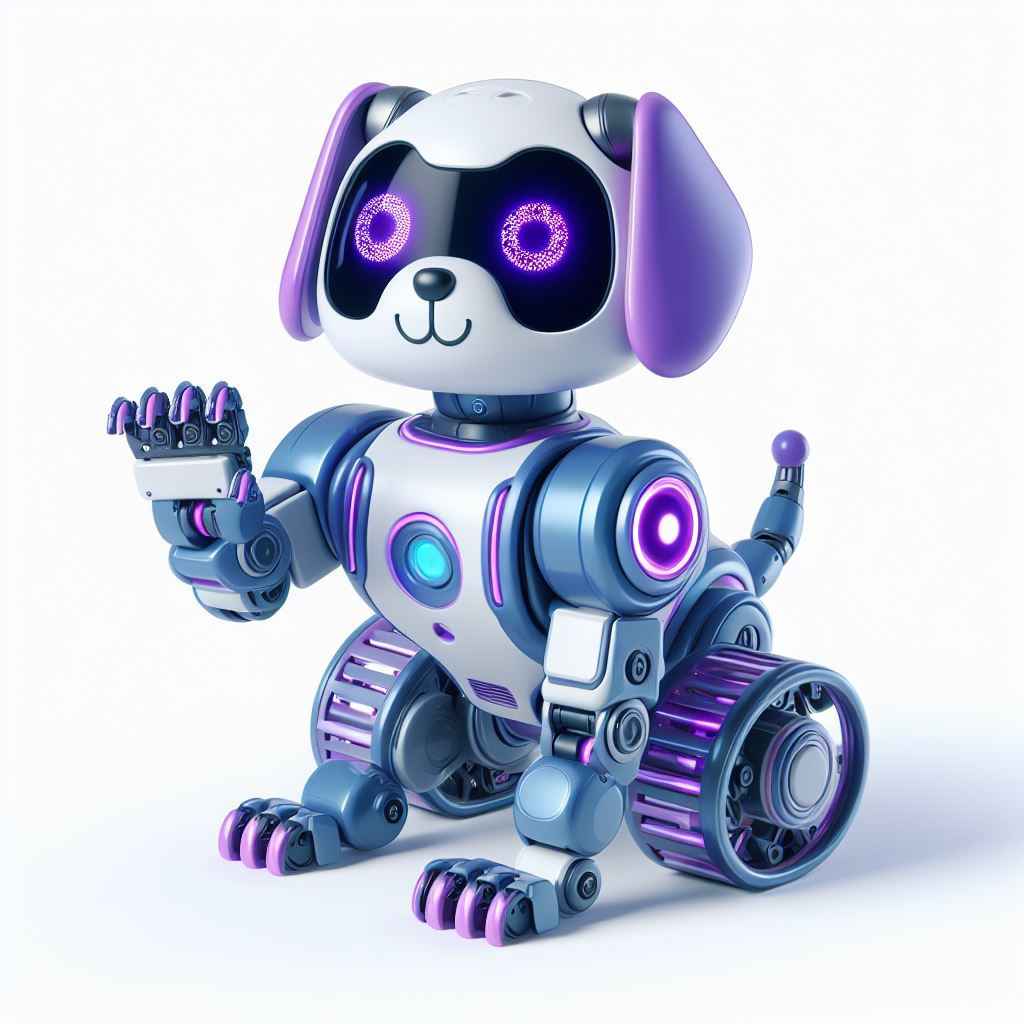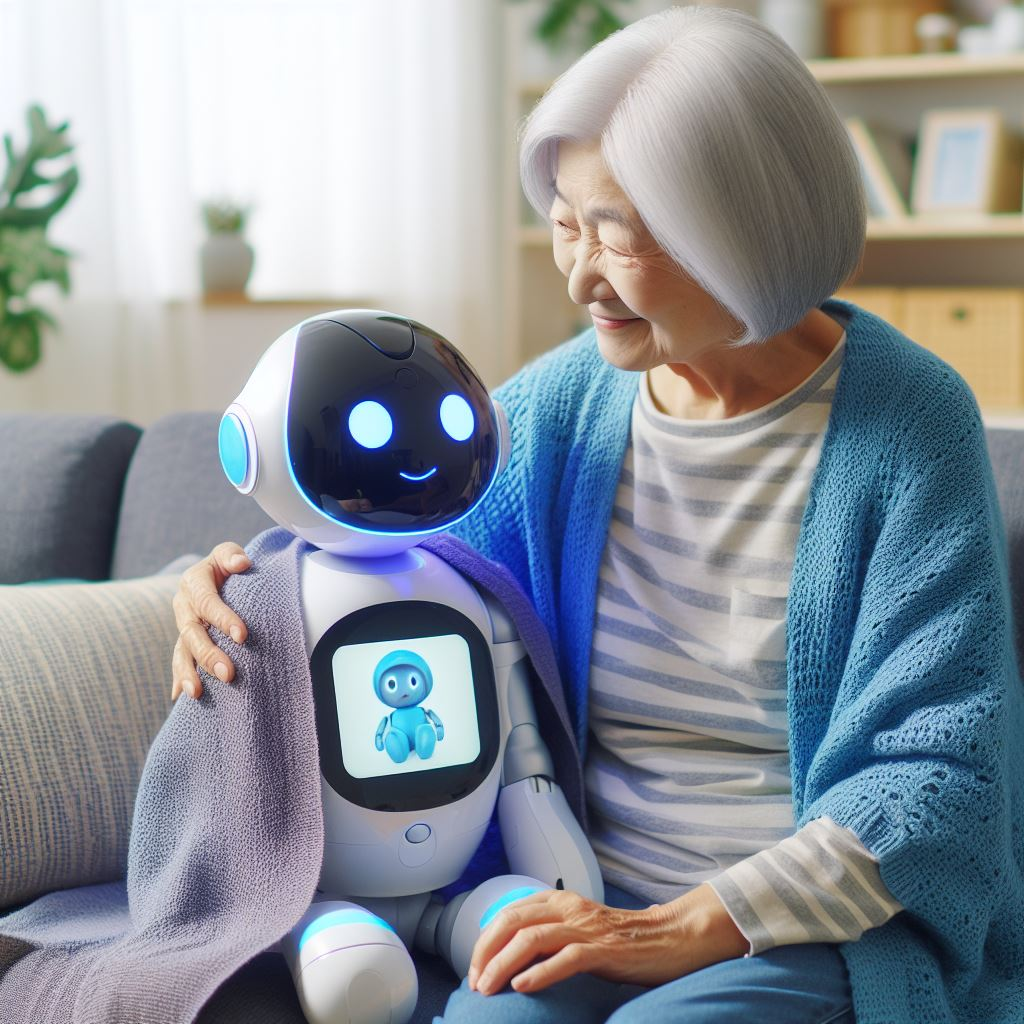As our population continues to age, the issue of loneliness and isolation among seniors becomes increasingly prevalent. Many older adults find themselves living alone, facing the challenges of limited social interaction and support networks. However, in recent years, a promising solution has emerged – robotic companions.
Robotic companions are advanced machines designed not to replace human interaction, but to supplement and enhance the lives of seniors. These innovative devices offer a range of functionalities aimed at improving the well-being of older adults. From providing reminders for medication to engaging in simple conversations and assisting with daily tasks, robotic companions are proving to be invaluable companions for seniors.
One of the key benefits of robotic companionship is the significant reduction in feelings of loneliness experienced by seniors. Studies have shown that regular interaction with robotic companions can lead to improved emotional well-being and overall quality of life for older adults. These robots provide a constant source of companionship and support, helping seniors feel more connected to the world around them.

Moreover, robotic companions enable seniors to live more independently in their own homes. By assisting with tasks such as meal preparation, household chores, and mobility support, these devices empower older adults to maintain their autonomy and dignity. Additionally, robotic companions can serve as safety monitors, alerting caregivers or emergency services in the event of a fall or medical emergency.
The potential of robotic companions in senior care is vast, with ongoing research and development continually expanding their capabilities. Companies like Intuition Robotics and Enabot are at the forefront of this innovation, developing cutting-edge robotic technologies tailored to the needs of older adults.
In addition to enhancing the lives of seniors, robotic companions also alleviate the strain on traditional caregiving resources. With the aging population outpacing the availability of caregivers, robotic companions offer a scalable and cost-effective solution to meet the growing demand for senior care services.
However, it’s essential to approach the integration of robotic companions in senior care with careful consideration. Ethical concerns regarding privacy, consent, and the potential for dehumanization must be addressed to ensure the well-being and dignity of older adults are upheld.
The future of senior care looks brighter with the introduction of innovative robotic companions. By embracing the potential of these advanced machines, we can enrich the lives of seniors, promote independence, and alleviate the effects of loneliness and isolation. As technology continues to evolve, robotic companionship offers a promising pathway to enhancing the well-being and quality of life for older adults in our communities.
Several companies provide robotic aids for seniors. Some notable ones include:
- SoftBank Robotics: SoftBank Robotics is known for its humanoid robot Pepper, which has been utilized in various settings, including assisting seniors in healthcare facilities and homes.
- Intuition Robotics: Intuition Robotics has developed ElliQ, an AI-powered social robot designed to interact with older adults, providing companionship, assistance, and cognitive stimulation.
- Blue Frog Robotics: Blue Frog Robotics has developed BUDDY, a companion robot designed to support seniors by providing entertainment, communication, and assistance with home automation tasks.
- Enabot: Ebo-x is a family robot that can be set to detect the fall of an elderly person. If detected, it will send alerts to ask for help.
These companies and products represent just a few examples of the growing market for robotic aids aimed at improving the lives of seniors. It’s worth exploring their websites and product offerings for more detailed information. In addition, products from vendors like Alarm.com offer features inside their existing products and applications to support the personal safety and awareness of family members – especially those living on their own.
We think that the long term answer is a robot that acts like a pet (dog, cat, teddy bear?) which can move itself, climb, jump, and talk like a human child. The interaction will be voice and intent driven, and the robot will be able to sync with and control all the smart devices in a home. If the robot detects changes in vital signs (even slow trend changes) it can keep family and doctors informed. If a person falls, the robot will see or hear the fall and immediately attend to the person, contacting responders and keeping the person calm. Anyone out there want to help make this robot, which we’ll call “Skippie”?

